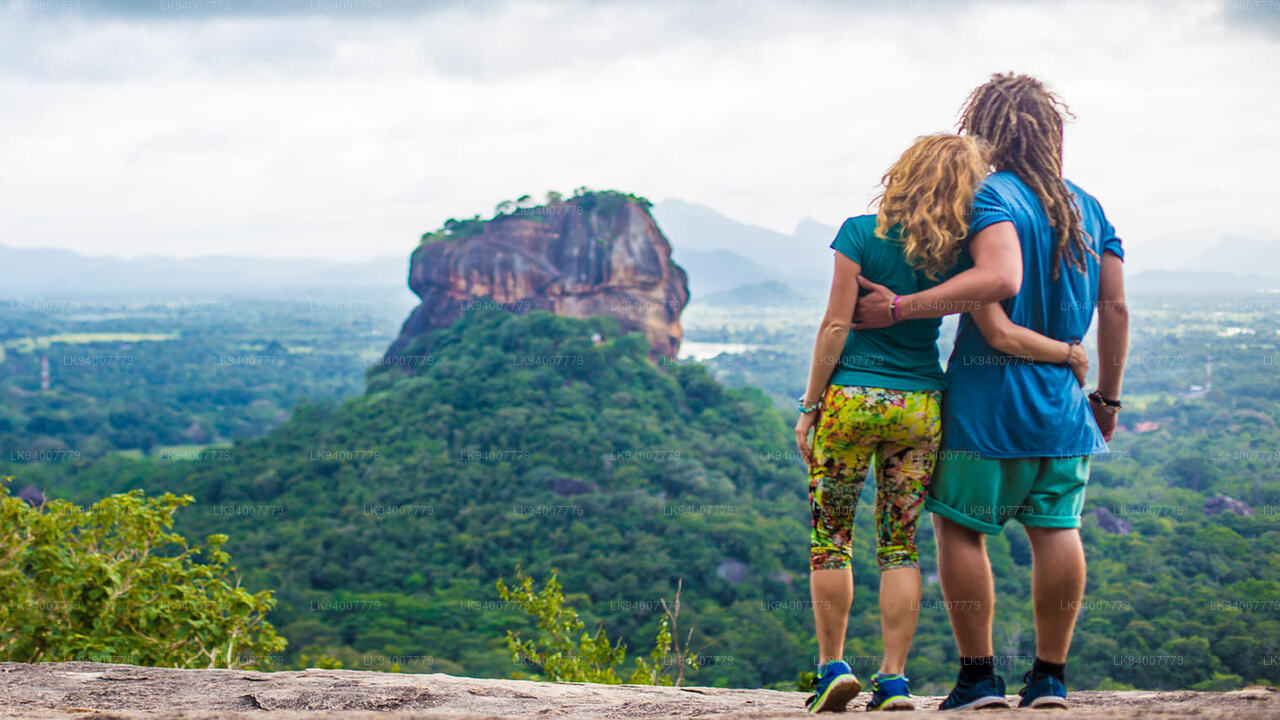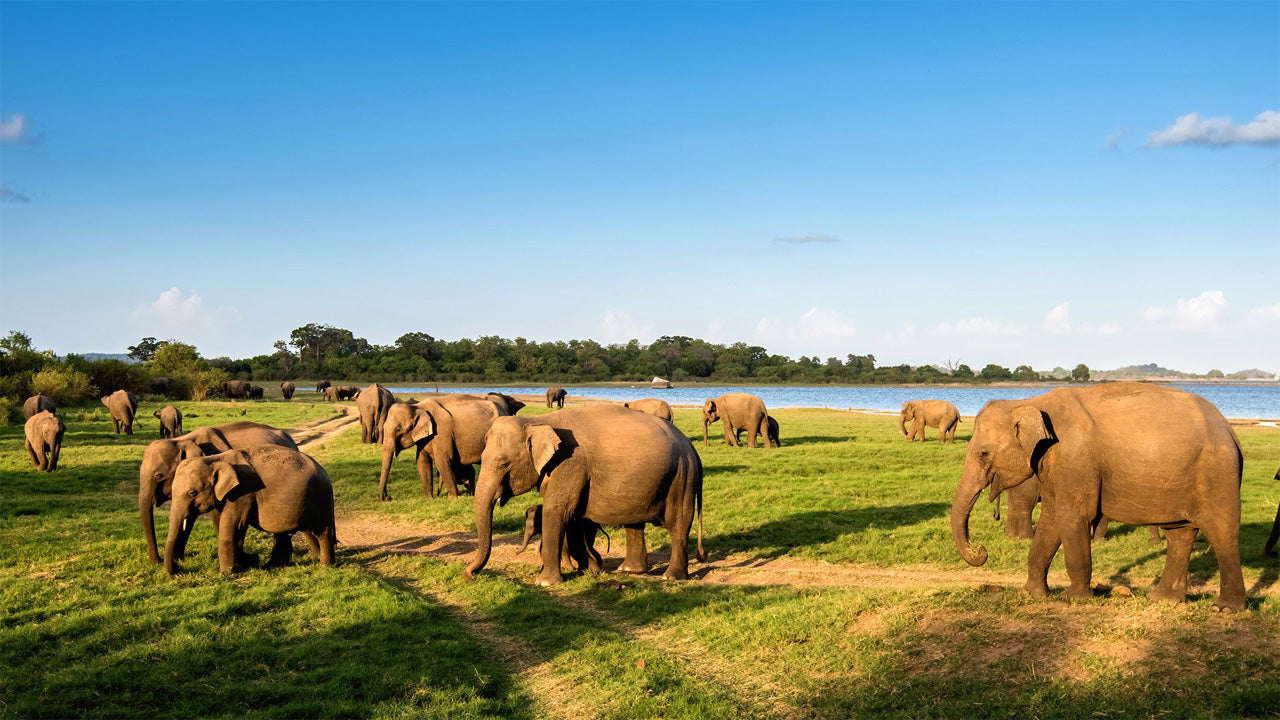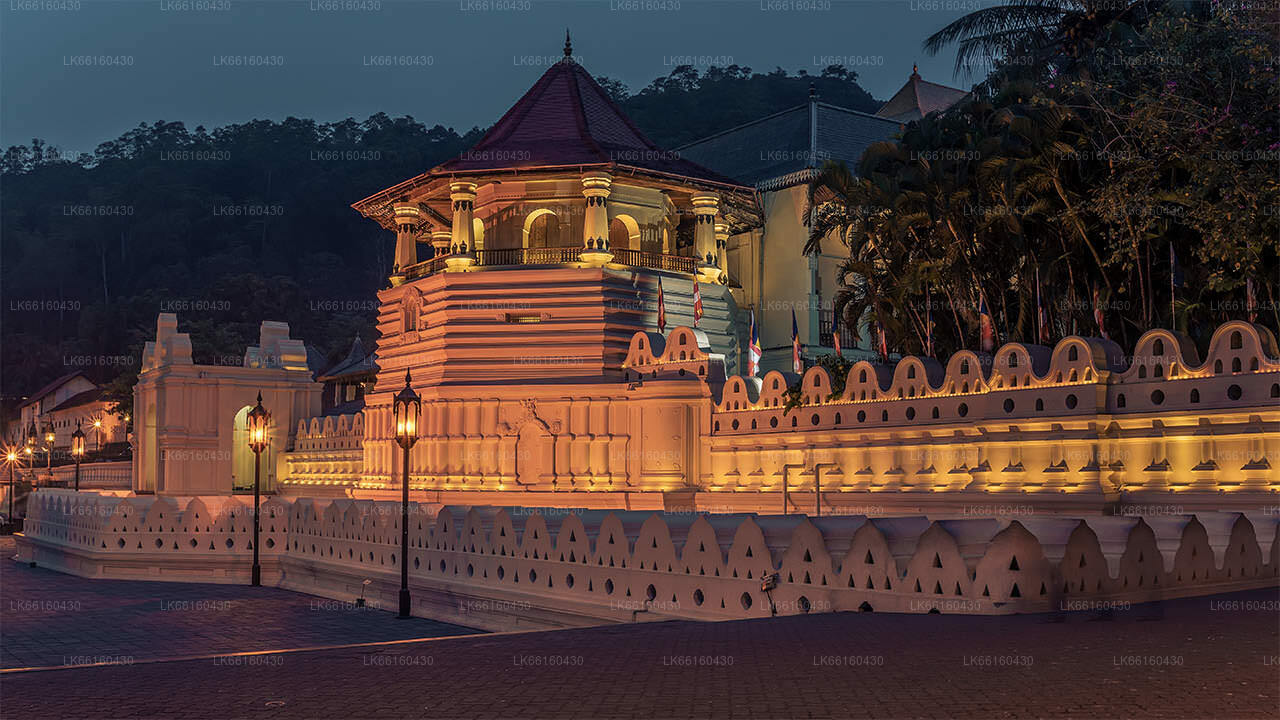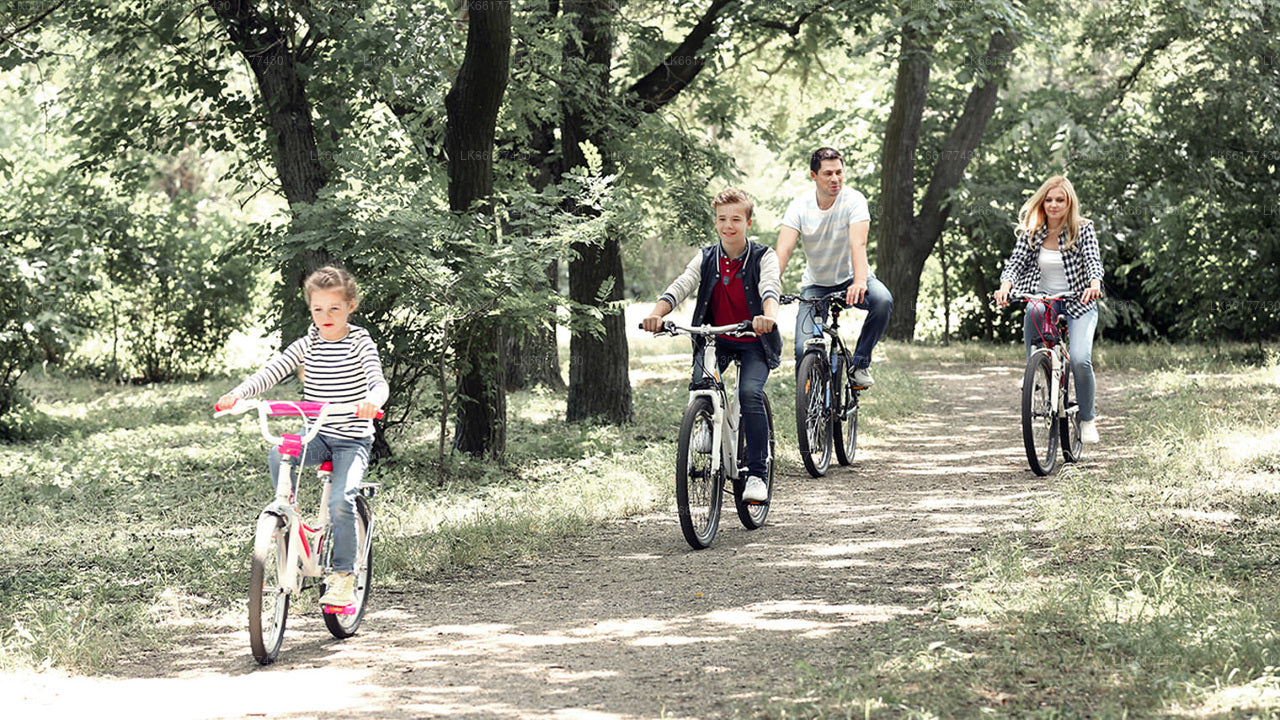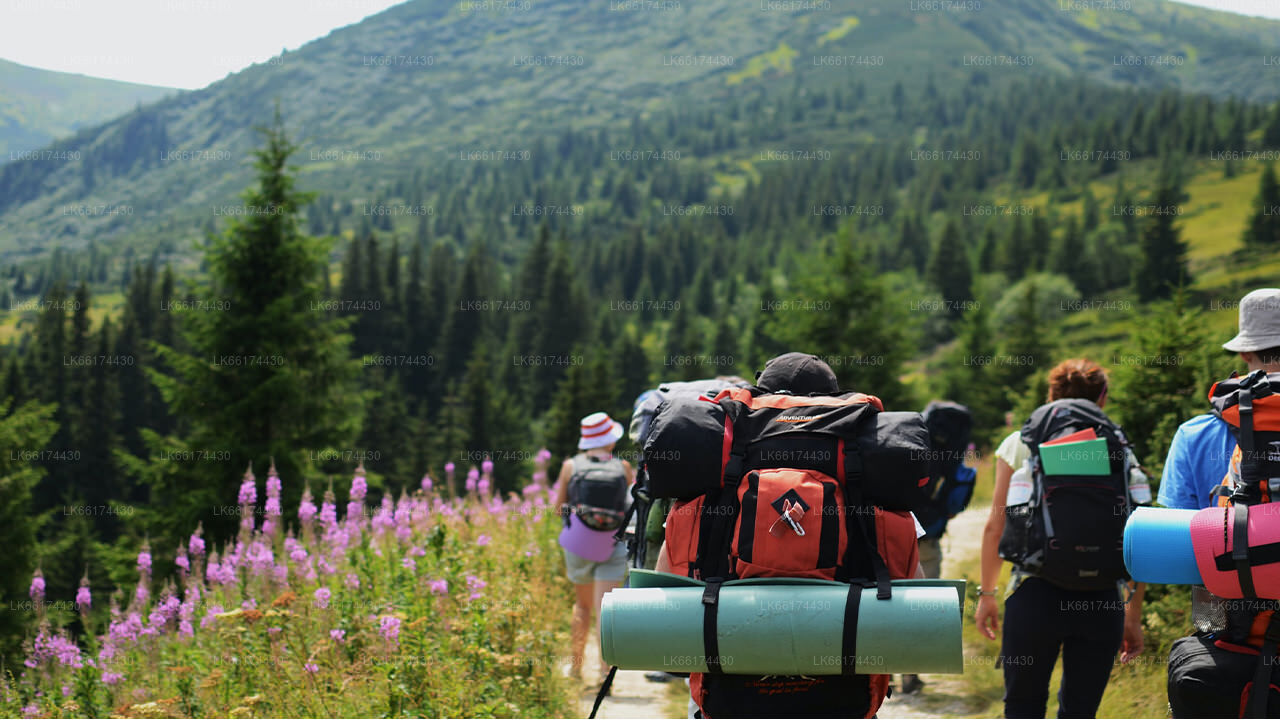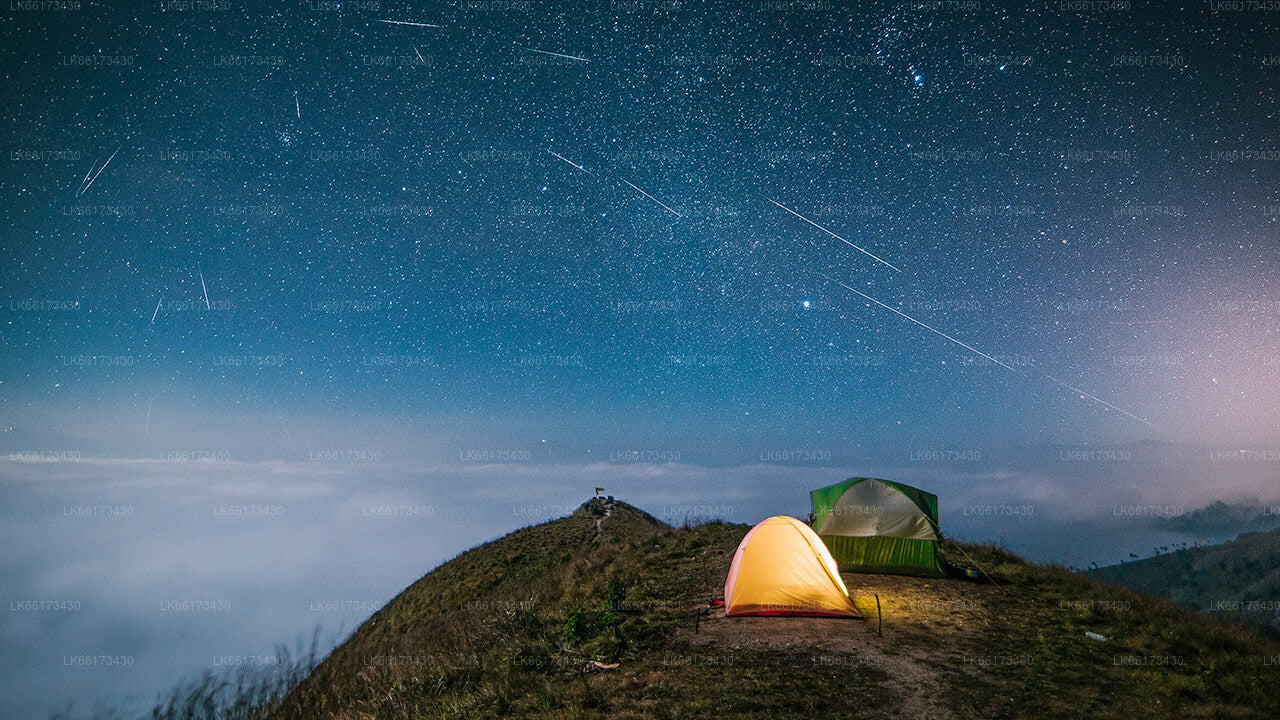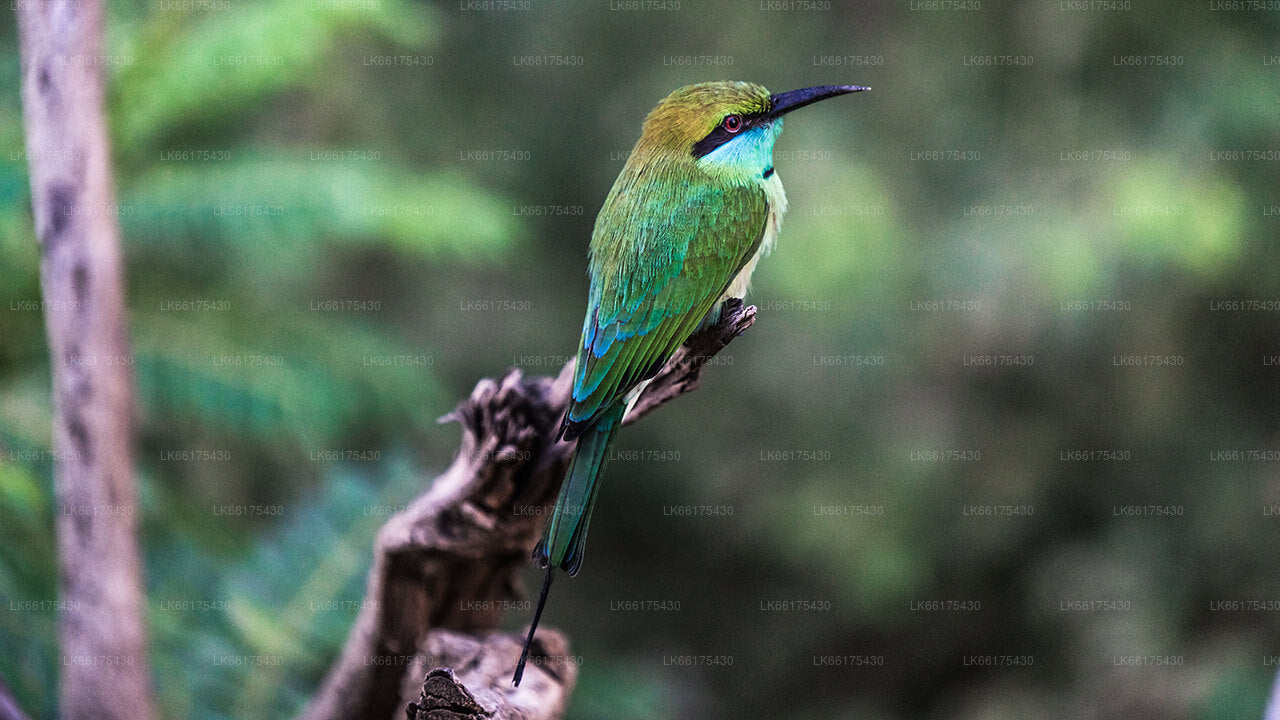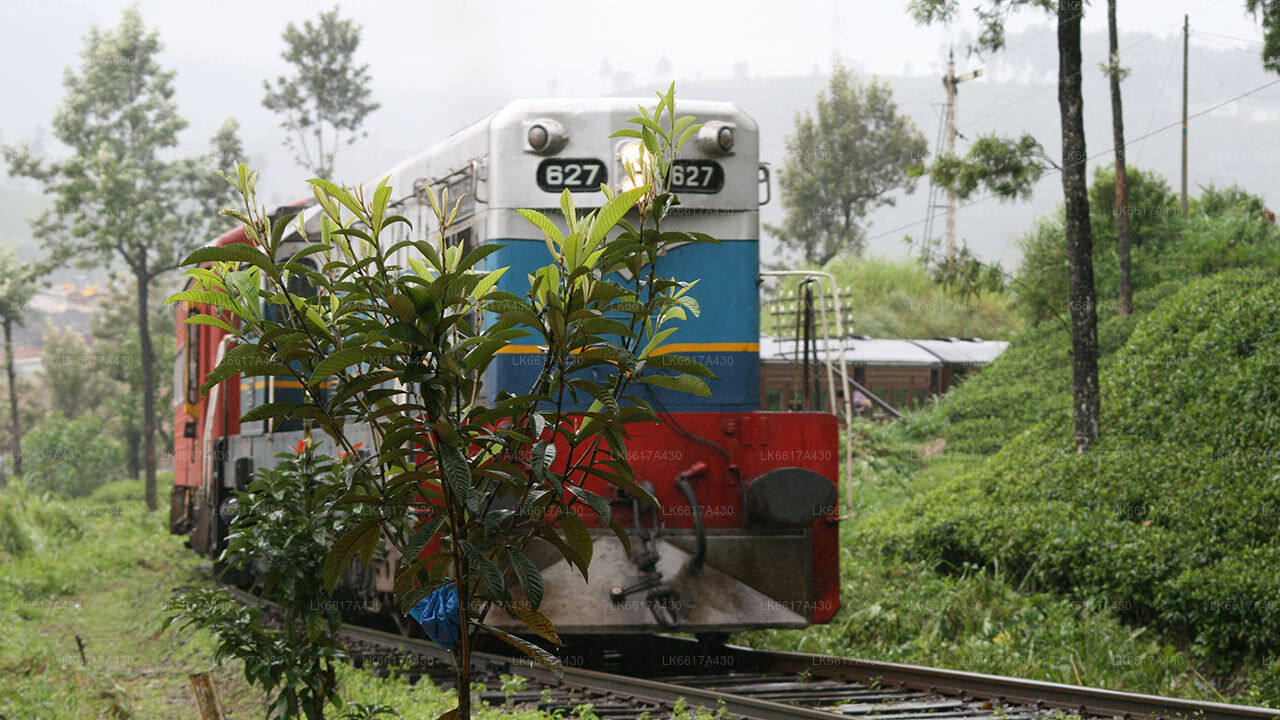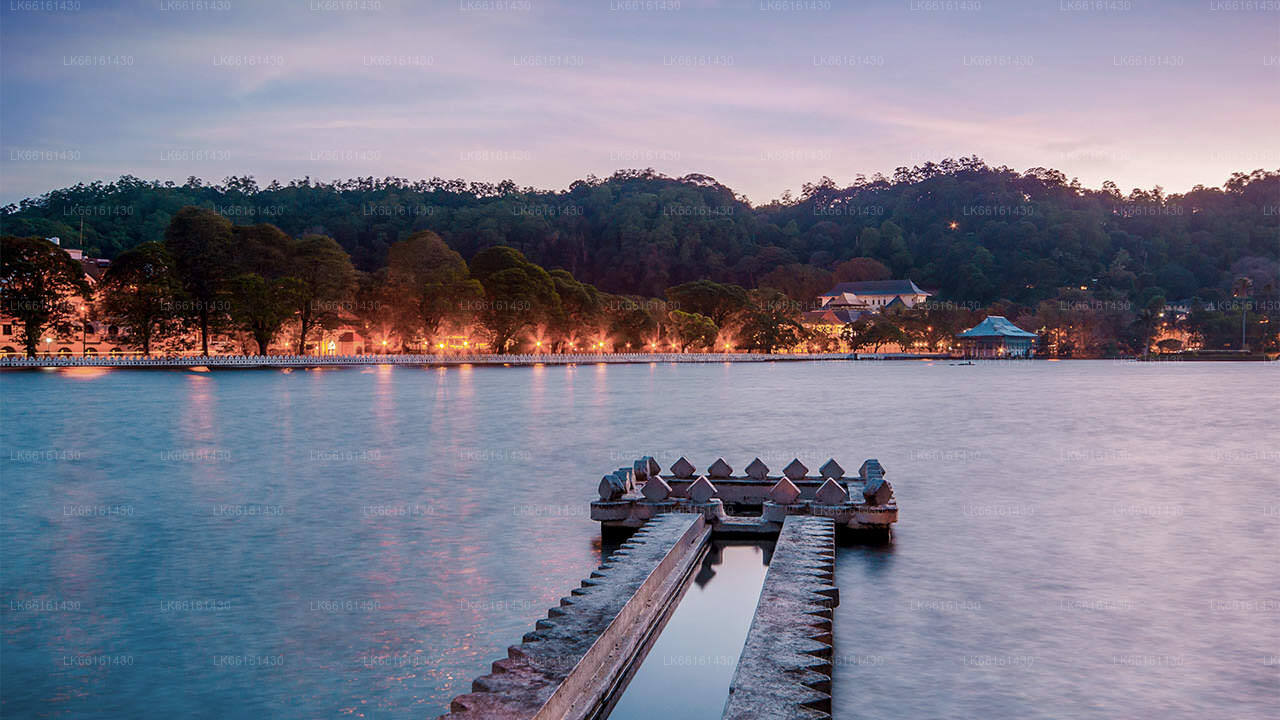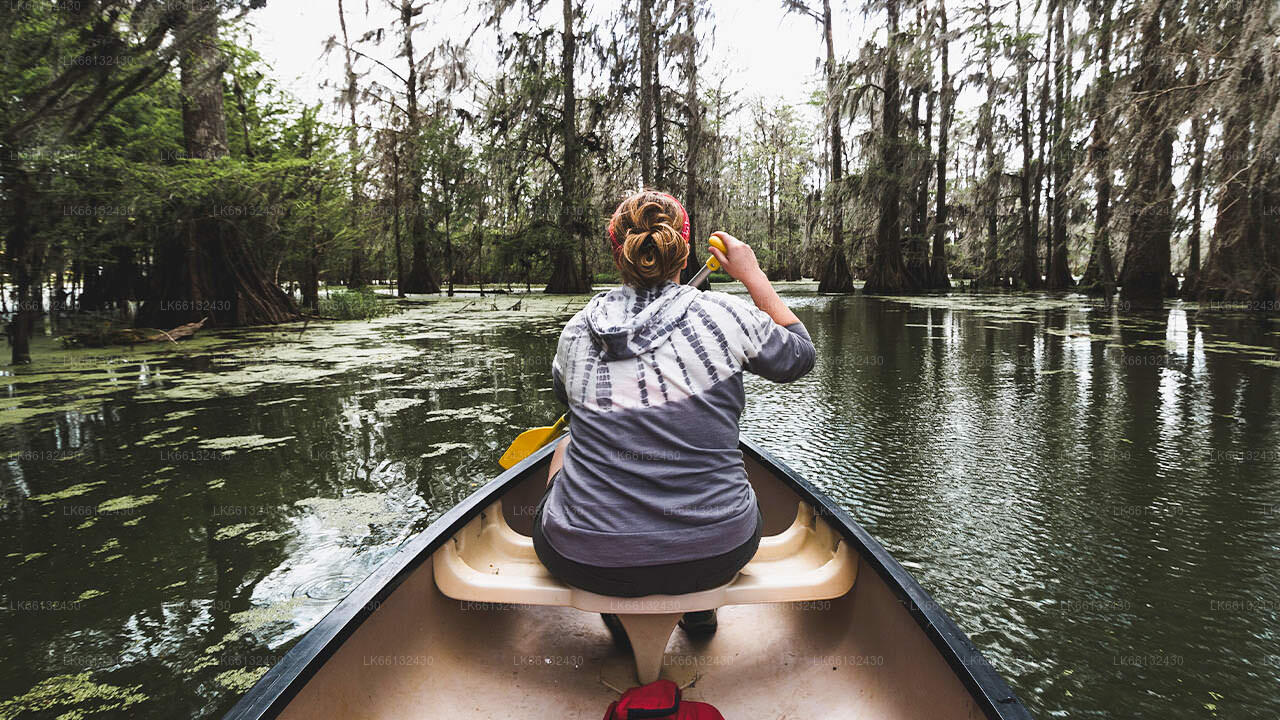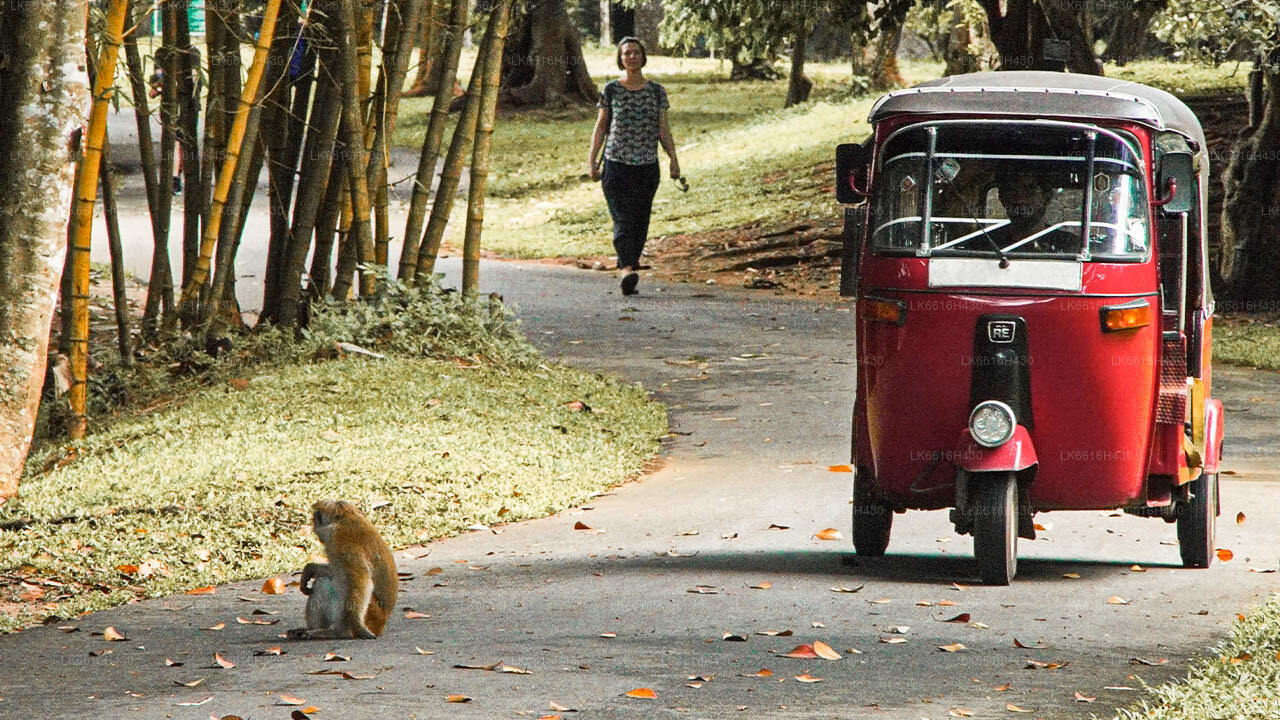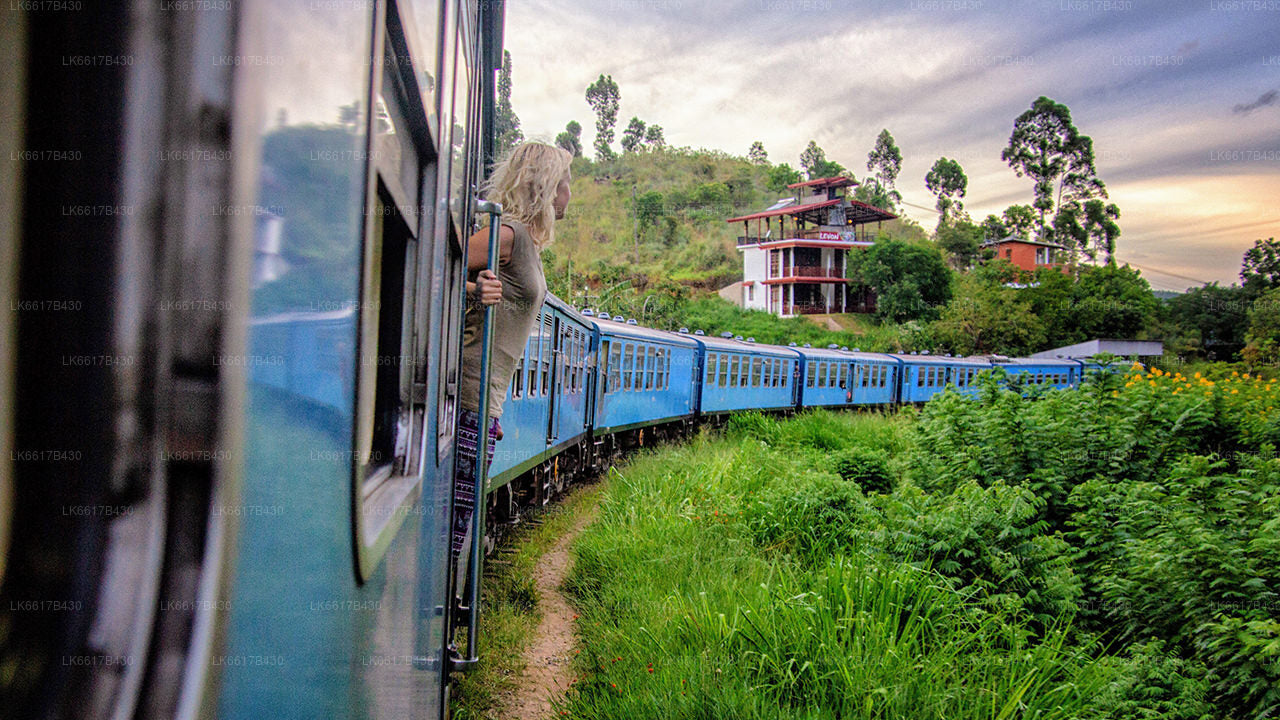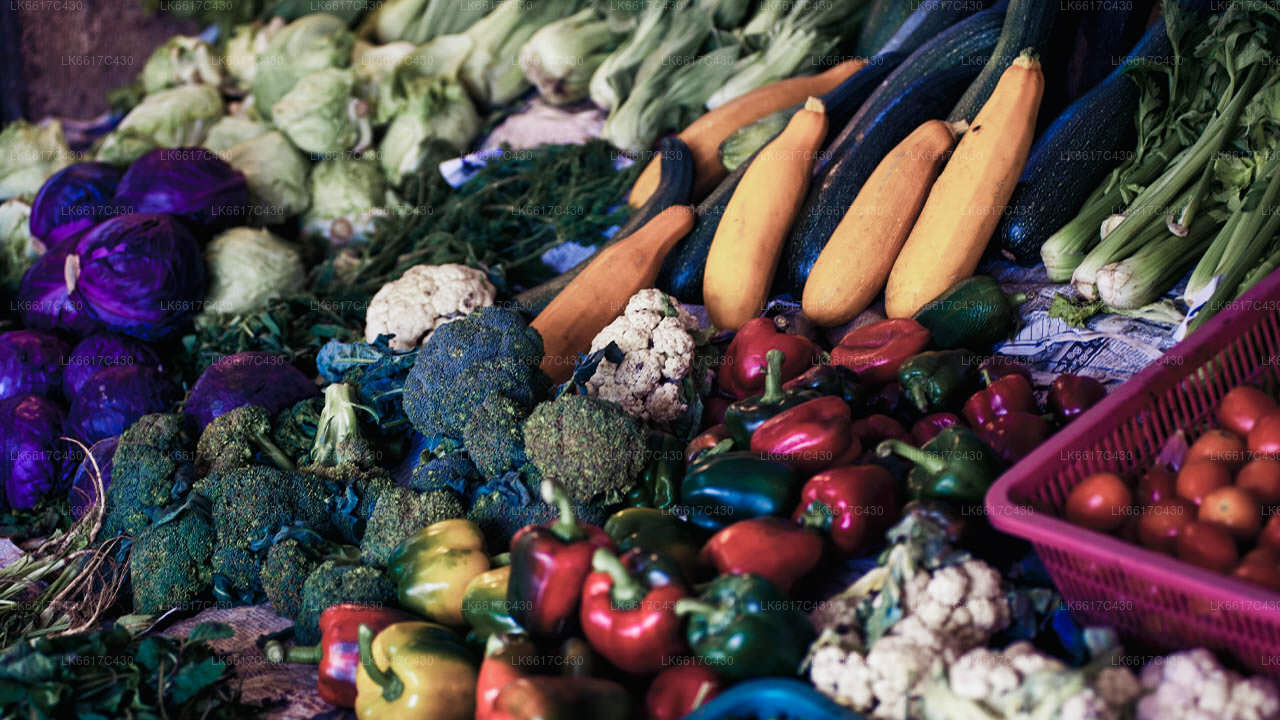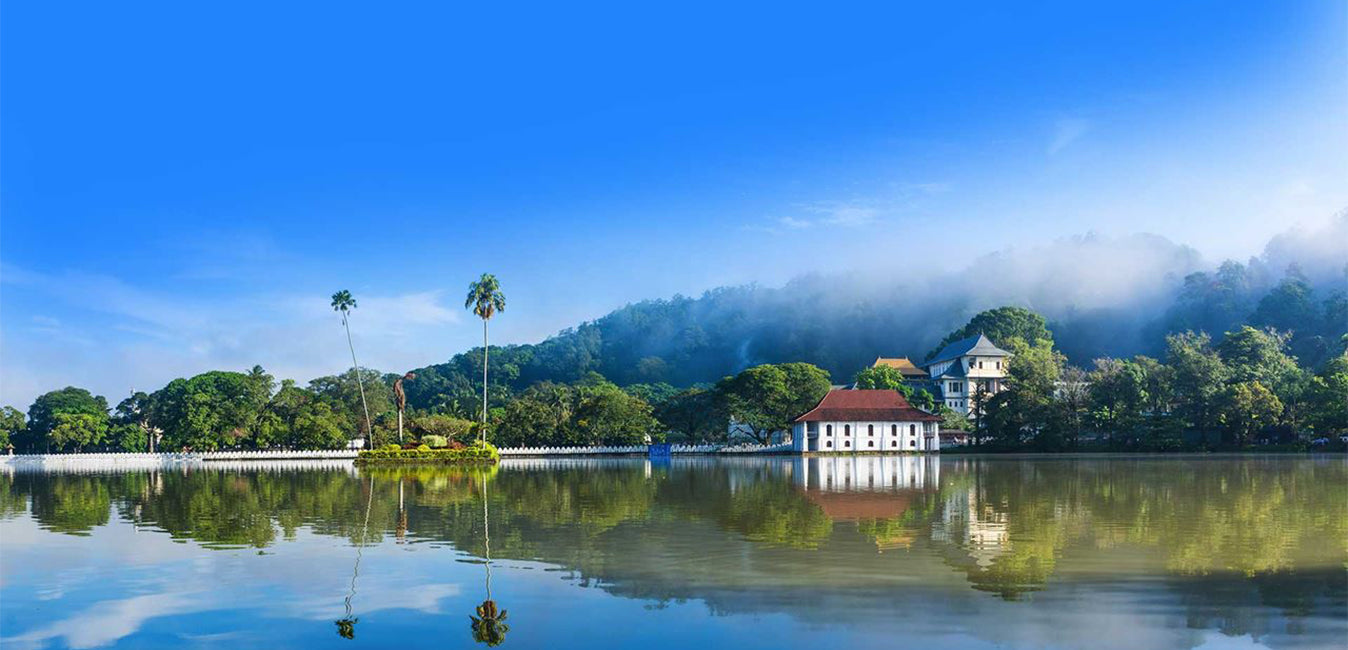
Kandy City
Kandy, a picturesque city in central Sri Lanka, is renowned for its rich cultural heritage, vibrant festivals, and scenic beauty. Nestled amidst lush hills, it is home to the Temple of the Tooth Relic, a UNESCO World Heritage Site, and offers a captivating blend of history and natural splendor.
Gampola
Gampola is a town located in Kandy District, Central Province, Sri Lanka, governed by an Urban Council. Gampola was made the capital of the island by King Buwanekabahu IV, who ruled for four years in the mid-fourteenth century. The last king of Gampola was King Buwanekabahu V, who ruled the island for 29 years. A separate city was built in Kotte during this time by a noble known as Alagakkonara. The longest sleeping Buddha statue in South Asia is located in the Saliyalapura Temple, Gampola.
Among the remnants of Gampola era, the most famous temples are Lankathilaka, Gadaladeniya and Embekka Devalaya. The ancient stone scripts (Shila Lekhana) of Lankathilaka temple helps to reveal a considerable amount of vital information regarding the Gampola era. The statue of Buddha of the temple indicates style of South Indian arts. The Ambekka Dewalaya possess a large collection of wood carvings, where no other temple in Sri Lanka owns such a collection.
The town is located amongst Sri Lanka's central highlands, hence the climate stays mild throughout the year. Located 1,087 m (3,566 ft) above mean sea level, Ambuluwawa mountain hosts a hill top tourist spot that houses a biodiversity complex celebrating environmentalism and cultural and religious diversity. A notable feature of this complex is a large winding tower resembling a Buddhist stupa, which is located on the mountain peak. Gampola has a lot of shops and a huge residential area.
The prehistoric studies of Sri Lanka were initiated around in 1885 by surface collections of quartz and chert artefactual implements secured by John Pole (of Scarborough estate of Maskeliya) and by E. Ernest Green. Latter had done some observations at Peradeniya and Nawalapitiya (near to Gampola) could recover some stone fragments which he believed as stone implements used by pre historic Sri Lankans. Contemporarily to these studies, Mr Rober Bruce Foote could establish a considerable account about the Indian pre history who may probably first discovered stone implements from Gampola. He surveyed the Atgalle hill near Gampola and bought some lithics to India with him. Eventually, he sent these remains and Pole's collection to the Madras museum, ventured as 'Neolithic' stone tools of Sri Lanka.
However, some years later Sarasins pronounced those are Nawalapitiya artefacts of Green's are indubitably artefacts and Alchin could also found some remains from Nawalapitiya too. Recently, Siran Deraniyagala has classified Sri Lanka into six major eco zones and our study area allocated into the Zone D 2 or wet zone below 900 m, is defined as a special pre historic zone in the country with its specific features. But the concern on the pre historic Gampola is considerably lacking while comparing to the other regions of Sri Lanka, it can be rich with evidence as well as other areas.
About Kandy District
Kandy district is situated in the centrel province of Sri Lanka. One of the seven World Heritage Sites in Sri Lanka, Kandy was once home to the Kandyan Kings of yore in the 16th-century and a fountainhead for all the music, arts, crafts and culture in the country. About 129 km away from Colombo, Kandy is ensconced amongst a hilly terrain and all eyes are drawn to the centre of the city, where the Kandy Lake forms a charming feature. Kandy retains great religious significance for Sri Lanka, because it is in this charming city that the Dalada Maligawa or "Temple of the Tooth" is located, within which the sacred tooth relic of Lord Buddha lies well guarded.
The Royal Botanical Garden, Peradeniya is situated about 5 km to the west of the city centre at Peradeniya and is visited by 1.2 million people per year. It is the largest botanical garden on the island. The Udawatta Kele (Udawatta Forest) is a protected sanctuary situated in the heart of the city, just north of Temple of the Tooth.
Kandy is a Sinhala majority city; there are sizeable communities belonging to other ethnic groups, such as Moors and Tamils. Kandy is second only to Colombo the center of the Sri Lankan Economy. Many major co operations have large branch officers in Kandy and many industries include textiles, furniture, Information Technology and jewellery are found here. Many agriculture research centers are located in the city.
And a fountainhead for all the music, arts, crafts and culture in the country. About 129 km away from Colombo, Kandy is ensconced amongst a hilly terrain and all eyes are drawn to the centre of the city, where the Kandy Lake forms a charming feature. Kandy retains great religious significance for Sri Lanka , because it is in this charming city that the Dalada Maligawa or Temple of the Toothis located, within which the sacred tooth relic of Lord Buddha lies well guarded.
About Central Provincce
The Central Province of Sri Lanka consists primarily of mountainous terrain. The province has an area of 5,674 km², and a population of 2,421,148. Some major towns include Kandy, Gampola (24,730), Nuwara Eliya and Bandarawela. The population is a mixture of Sinhalese, Tamil and the Moors.
Both the hill capital Kandy and the city of Nuwara Eliya are located within the Central Province as well as Sri Pada. The province produces much of the famous Ceylon tea, planted by the British in the 1860s after a devastating disease killed all the coffee plantations in the province. Central Province attracts many tourists, with hill station towns such as Kandy, Gampola, Hatton and Nuwara Eliya. Temple tooth or Dalada maligawa is the main sacred place in Centrel province.
The climate is cool, and many areas about 1500 meters often have chilly nights. The western slopes are very wet, some places having almost 7000 mm of rain per year. The eastern slopes are parts of the mid-dry zone as it is receiving rain only from North-Eastern monsoon. The Temperatures range from 24°C at Kandy to just 16°C in Nuwara Eliya, which is located 1,889 m above sea level. The highest mountains in Sri Lanka are located in the Central Province. The terrain is mostly mountainous, with deep valleys cutting into it. The two main mountain regions are the central massif and the Knuckles range to the east of Kandy.




